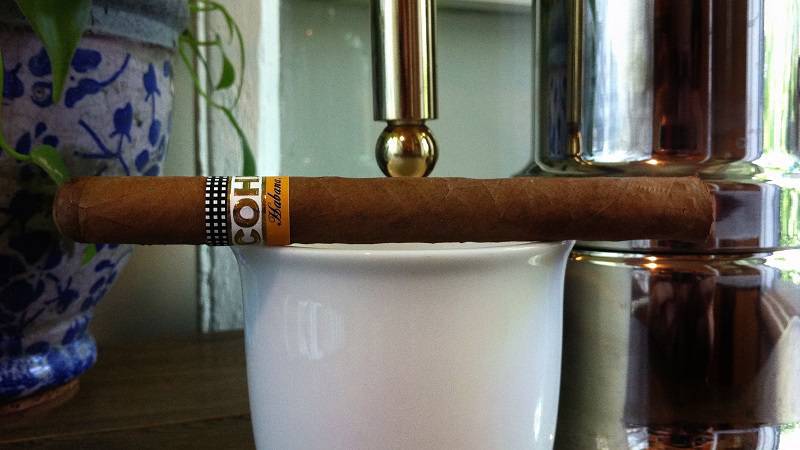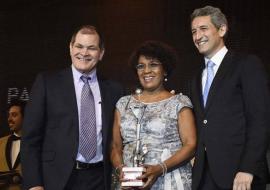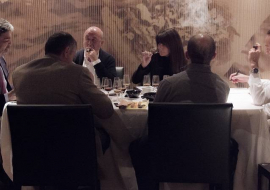How Well Do Habanos and Coffee Get Paired?

Through time, four main rules for providing correct service and attention to restaurant patrons were set up: welcoming visitors, showing them to the table, accommodating them and handing over the menu card, and seeing them off after the service is done.
Today, no good service is complete without the excellence of the after-meal talk and the farewell of visitors. The reason is to make them come back to our house as a favorite benchmark spot and the gourmet service delivered in it.
Coffee is no doubt a key product in this concept, a moment in which this infusion gains special significance, a reputation that dates back to ancient times. Even Mahomed himself drank it when he fell down ill, as the legend goes. Hundreds of millions of people consume this magic beverage in an effort to stave off fatigue and bring back moxie to both the mind and the body.
Warm and scented, coffee has panned out to be people’s everyday companion and beyond: during the after-meal talk. Kaffe, coffee, café, caffé, coffea, kofe, kapa… there’s a spelling resemblance in many languages around the world.
From over a hundred different coffee species, the Arabic bean is by and large the most coveted of all, grown and harvested in Central America, South America, the Caribbean, Africa and Asia, with Colombia, Brazil, Costa Rica, Jamaica, Mexico, Ethiopia and Indonesia leading the pack as the world’s top producers. Another top-tier variety is Robusta, hailing from Africa and marked by a stronger and more acid taste, traditionally utilized to manufacture soluble, instant or mixing coffee.
Coffee arrived in Cuba by the hand of Frenchmen, who set up their first plantations in the region of Wajay, in the outskirts of Havana. Eventually, those fields spread out all across the island. And its arrival in the land of the world’s finest tobacco prompted its development and proliferation, catching on through pairings with habanos. Coffee and Tobacco. The former brought in and the latter discovered by our aboriginals. Seemingly, they were made for each other.
As far as Cuban-made productions are concerned, the all-Arabic top premium Cohiba Atmosphere coffee hailing from El Nicho, a natural biosphere reserve nestled in the Guamuhaya mountain range in central Cuba, is a good case in point. It matches perfectly with a strong-tasting habano, so that’s the reason why I recommend a pairing with a Cohiba, specially a tough-character cigar like Behike 52 -the shortest in the exclusive BHK line- for providing an intense, well-balanced smoke of outstanding strength with spicy notes of pepper.
It can also be recommended with a chocolate since its sour taste hitches up just fine with the coffee’s aftertaste and can be then taken up a notch with a puff from this marvelous habano. This combination gets even better if combined with a shot of Havana Club Máximo rum. Thus, we come closer to bolder and more modern combinations that go hand in hand with the four elements that round out a good after-meal service.
The Montecristo coffee is just another of Cuba’s gourmet brands. Lying over 1,000 meters above sea level, right in the heart of the larger-than-life Sierra Maestra mountains, there’s a mystical place called Alto la Meseta. This is home to the famous Montecristo Deleggend, the right choice to pair with a Montecristo No. 5 habano, even though it also goes along pretty well with a soft-to-mild cigar like those from the H. Upmann brand.
The delicious and sour-tasting Serrano Selecto and Turquino Montañes coffees, featuring cacao notes, controlled acidity and fully Arabic beans, come in handy for a combination with a Quai d’Orsay, a great mild-tasting habano of exquisite bouquet with notes of precious wood, honey, vanilla and hazelnut. This is indeed a luxury choice to seal an amazing after-meal service.










